UV Laser Coder
Essential Tips for Choosing UV Laser Technology for Marking on Films
Getting the right laser marking technology can be tricky, especially for TTO replacement. These are the essential tips for choosing the right UV laser coder technology:

- Eliminate downtime: Opt for UV laser coder technology that reduces downtime. For example, eliminating the need for ink ribbons and frequent cleaning.
- Film material compatibility: Ensure the UV laser wavelength is suitable for the film material you are about to use.
- Total cost of ownership: Consider the total cost of ownership, including savings from no maintenance and consumables expenses, when selecting UV laser technology.
- Ease of integration: Ensure you can mount and integrate the laser into your production line. KEYENCE UV Laser Coder FP-1000 Series touch panel operation has been designed to be simple for operators of all skill levels. These features allow the user to program and maintain the machine with limited training, reducing the risk of operator error.
- Marking quality: Look for UV laser technology that can produce reliable, high-quality markings with clear contrast and precision.
What Is a UV Laser Coder?
UV laser coder technology uses UV (ultraviolet) lights emitted from a laser to perform various tasks, such as printing onto substrates. In this case, UV laser coder technology offers a precise and efficient method for creating a permanent, high-quality film marking. UV laser coders utilize ultraviolet light to mark packaging film by triggering a chemical reaction with common chemicals that cause a color change in the film. This method differs from traditional techniques that rely on thermal pads and ribbons found in thermal transfer printers (TTO). Additionally, this marking process does not damage or burn the film, providing a permanent and visually appealing solution.
Conventional ink-based systems
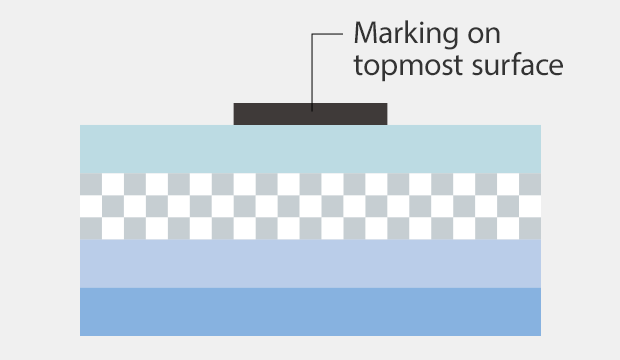
UV laser coder
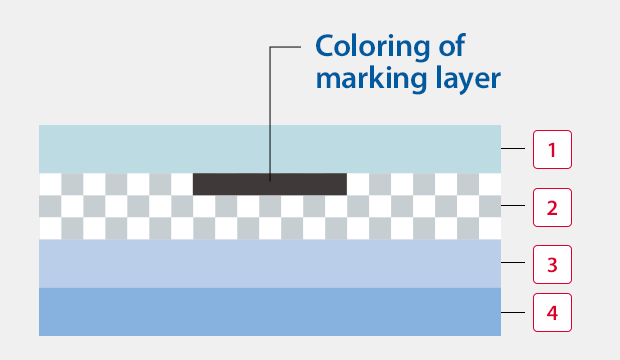
-
1Laminated surface (transparent)
-
2Marking layer
-
3Other film layers
-
4Sealant layer
The KEYENCE FP-1000 Series cuts production costs by minimizing downtime and reliance on consumables. Unlike traditional thermal transfer printers, it boosts efficiency with its streamlined design.
We’re here to provide you with more details.
Reach out today!

Understand Your UV Laser Coding Needs
UV laser coders are ideal for marking on various types of packaging materials, including films, foils, and labels. Unlike thermal transfer overprinters (TTO), which require ink ribbons to transfer ink onto the film’s surface, UV laser coders use a light-based marking process that eliminates any need for consumables. This makes them perfect for applications where mess-free and cost-effective coding is necessary.

Production Losses Due to Line Stoppages
With conventional thermal printers, temporary production line stoppages are necessary to replace ink ribbons, clean heads, and address issues such as faded or incomplete marking.
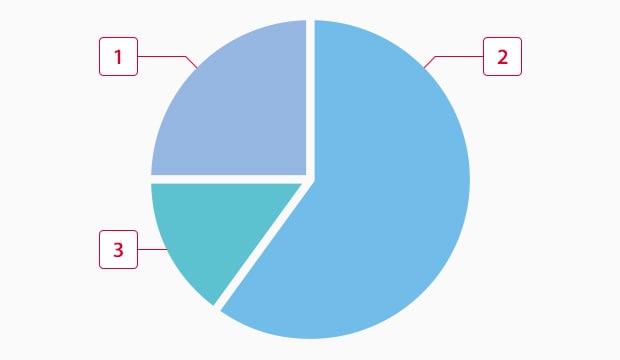
Example of expected costs
Running Costs for Consumables
In addition to daily costs for consumables such as ink ribbons that need to be replaced, periodic specialized maintenance and inspection costs must be incurred with conventional thermal printers.
-
1Maintenance and inspection costs
-
2Ink ribbon costs
-
3Thermal head costs
Additionally, UV laser coders offer high-speed marking capabilities, making them suitable for high-volume production lines. They are also able to mark irregular surfaces and uneven substrates with precision, ensuring consistent and clear codes every time.
UV laser coders are known for their mark permanence, producing codes that resist moisture and dust, ensuring clarity in challenging conditions. Choosing a less permanent coding method can lead to issues like ink smears, loss of adhesion, and low-quality marks. Your products could also go out without proper coding, leading to potential recalls or regulatory issues.
UV Lasers Are Not Affected by Traditional Causes of Marking that Fades Away
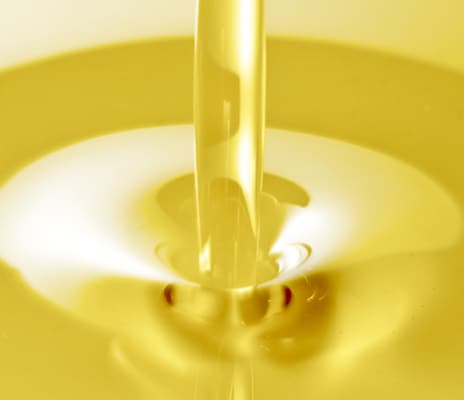
Oil
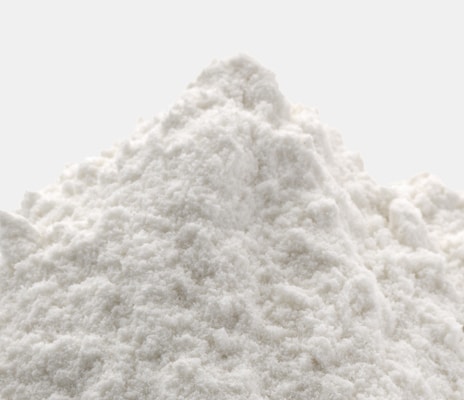
Powder

Alcohol

Heat sterilization
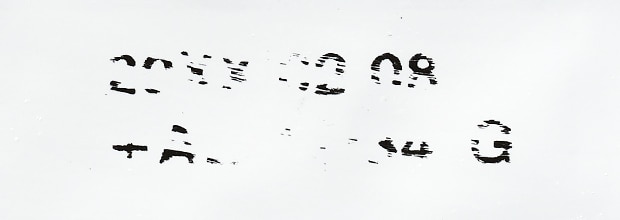
Conventional thermal printer
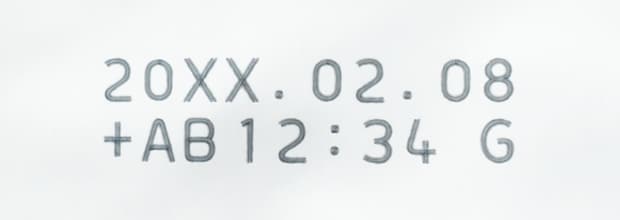
UV laser coder
* Results comparison after rubbing on the marked area of film exposed to powder before marking
In recent years, there have been multiple serious cases of foodborne illnesses caused by contaminants in products. This has led to stricter regulations and increased scrutiny from agencies such as the FDA. With UV laser coding, you can prevent these issues by ensuring that your products are properly coded and traceable throughout the supply chain.
Assessing Equipment Lifetime and Durability
UV laser coders have a significantly longer lifespan compared to traditional thermal transfer overprinters (TTO). While a TTO may last approximately five years, the UV laser coder can last anywhere from 10-20 years with proper maintenance, making UV laser coding technology a more cost-effective option in the long run.
The lack of consumables also means fewer parts need to be replaced or maintained, resulting in fewer interruptions in production. This also translates to cost savings for businesses in terms of downtime, labor, and replacement parts.
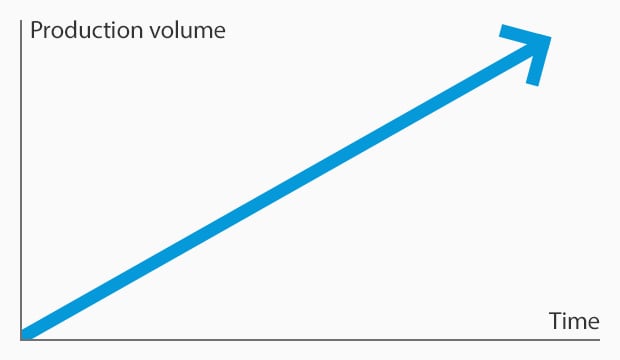
Continuous production with no need to stop lines
Continuous Marking with a UV Laser
Downtime is a thing of the past with UV laser coders, enabling more production in the same amount of time and faster production for the same amount of targets.
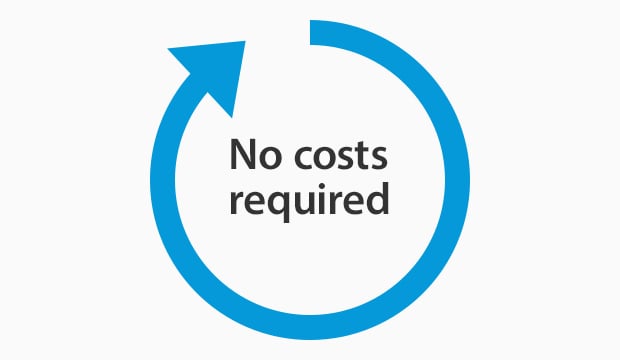
Zero Consumable Costs with a UV Laser
UV laser coders use light for marking, eliminating daily consumables costs. There are also no parts requiring periodic replacement, eliminating periodic maintenance and inspection costs as wells.
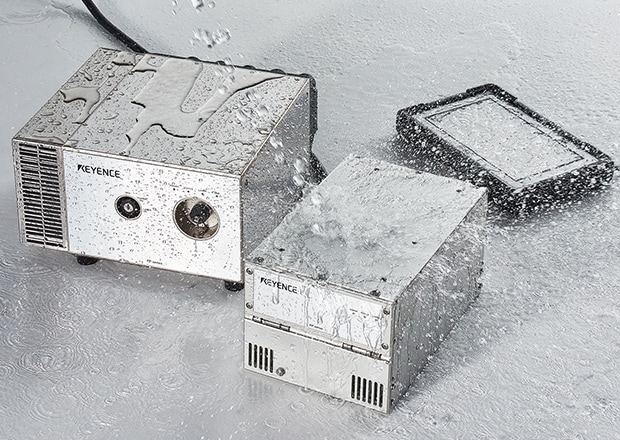
Moreover, UV laser coders are built with durable materials and advanced technology, giving them an IP65 rating, meaning they can withstand harsh production environments. They are able to mark on a variety of substrates without causing damage, making them a versatile and long-lasting solution for coding and marking needs.
Maintenance and Service Considerations
The maintenance and service requirements for UV laser coders are minimal compared to other coding technologies. As mentioned earlier, these machines do not require any consumables, which eliminates the need for frequent replacements like ink ribbons, head, and air and reduces overall maintenance costs.
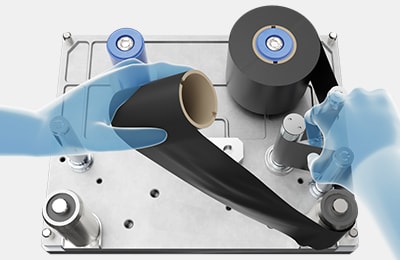
No ink ribbon costs
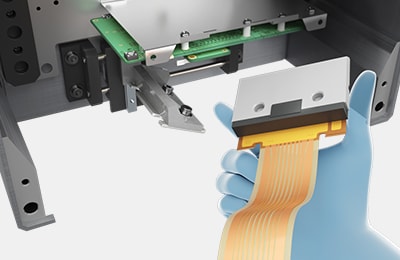
No head replacement costs

No air-related costs
It is user-friendly, which minimizes the likelihood of operator error and reduces the need for troubleshooting and rework. Additionally, there are no cleaning requirements, as the marking is achieved using light.
Ease of Use and Installation
UV laser coders are compact and easy to install, making them a convenient solution for manufacturers with limited space. They can be integrated into existing production lines without the need for major modifications or downtime. This is further enhanced by the fact that it is a groundbreaking technology, being the first of its kind.
Another key advantage of UV laser coders is their adaptability to existing thermal transfer overprinting (TTO) systems. It has been specifically designed to be a quick drop-in replacement for TTO printers, eliminating the need for any major modifications or downtime during installation.
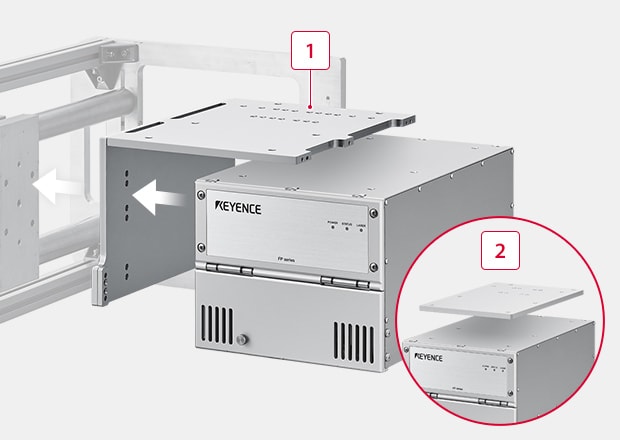
-
1L-shaped mounting bracket OP-88709
-
2Ceiling mounting bracket also available
KEYENCE UV laser coders also come with common adapter brackets for major TTOs in the market, making it even easier for manufacturers to seamlessly integrate this new technology into their existing production lines.
Application Versatility of UV Laser Coding Equipment
UV laser coder machines are versatile tools in various industrial applications, offering a significant advantage by replacing thermal transfer printers. This transition eliminates the need for consumables and reduces downtime. The KEYENCE UV laser coder can be used across a wide range of film and modified to suit specific needs at specific times. As such, it can be applied across all your coding needs in various industries.
Food and Beverage:
- Packaged Foods
- Beverage
- Baked Goods
- Candy and Confectionery
- Pet Food
- Snacks
- Fruits and Vegetables
Consumer Products:
- Cosmetics
- Personal Care
- Nutraceutical
- Pharmaceutical
- Home Care
- Chemicals
Cost and Budget Considerations
When purchasing the laser technology for your film printer, you need to consider the costs and how it aligns with your budget, including factors such as initial purchase price, ongoing expenses, and potential return on investment (ROI).
Curious about our pricing?
Click here to find out more.

Discover KEYENCE: Reinventing TTO Printers with Cutting-edge UV Laser Coding Technology
KEYENCE FP-1000 Series UV Laser Coders are designed to replace thermal transfer overprinters (TTO). This light-based marking eliminates the need for ink ribbons to transfer ink to the film's surface with conventional thermal printers. The result is permanent, highly visible, and damage-free marking without special films. At KEYENCE, we are ready to serve your UV laser coder technology needs.
Discover more about this product.
Click here to book your demo.


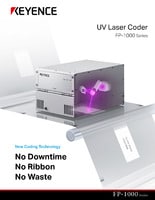
![UV Laser Marker Usage Guide [Food, Pharmaceutical, and Cosmetics Industry Edition]](/img/asset/AS_98694_L.jpg)

![Process-specific Marking Applications [Food/Pharmaceutical Industry]](/img/asset/AS_133442_L.jpg)

